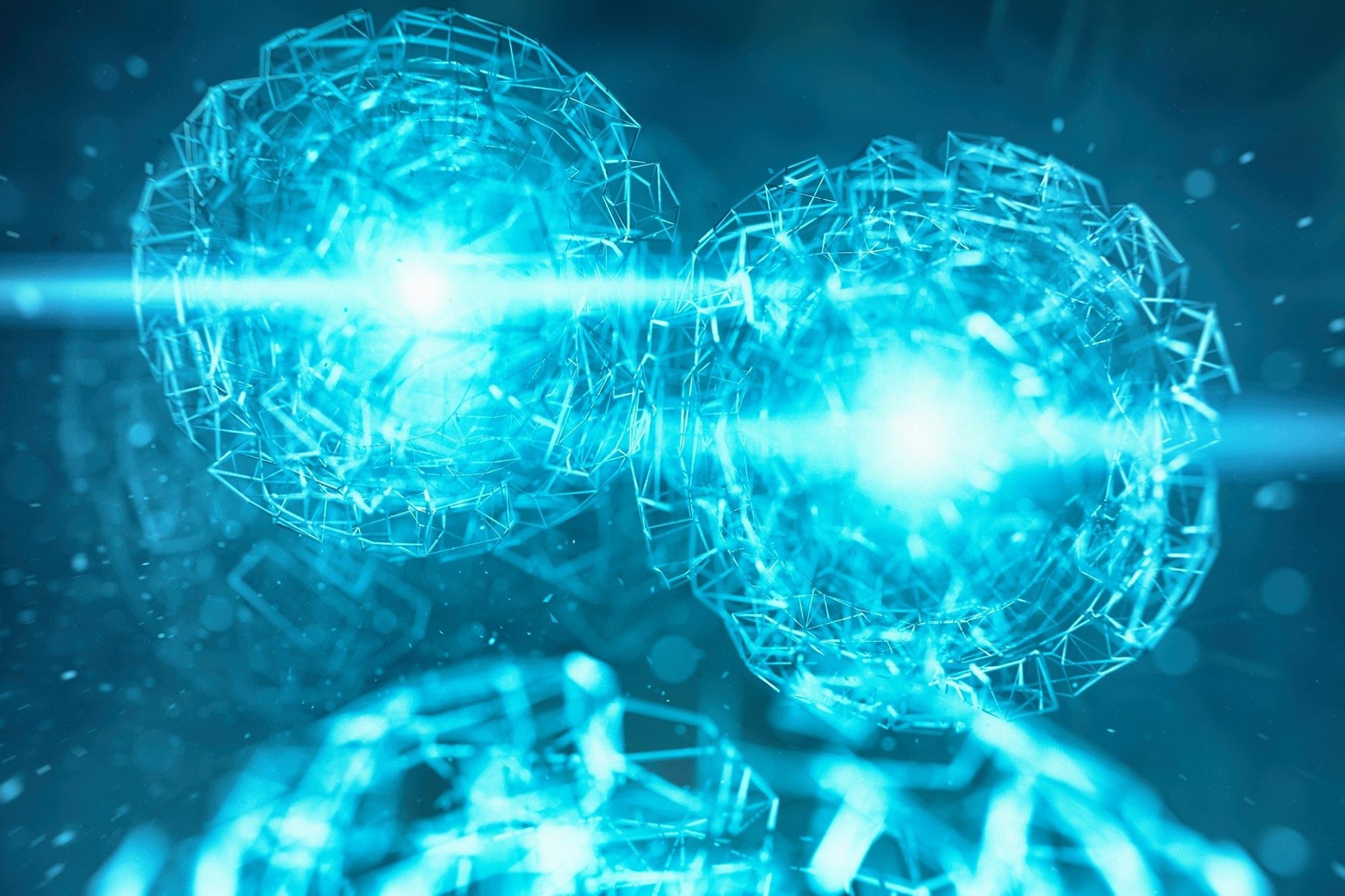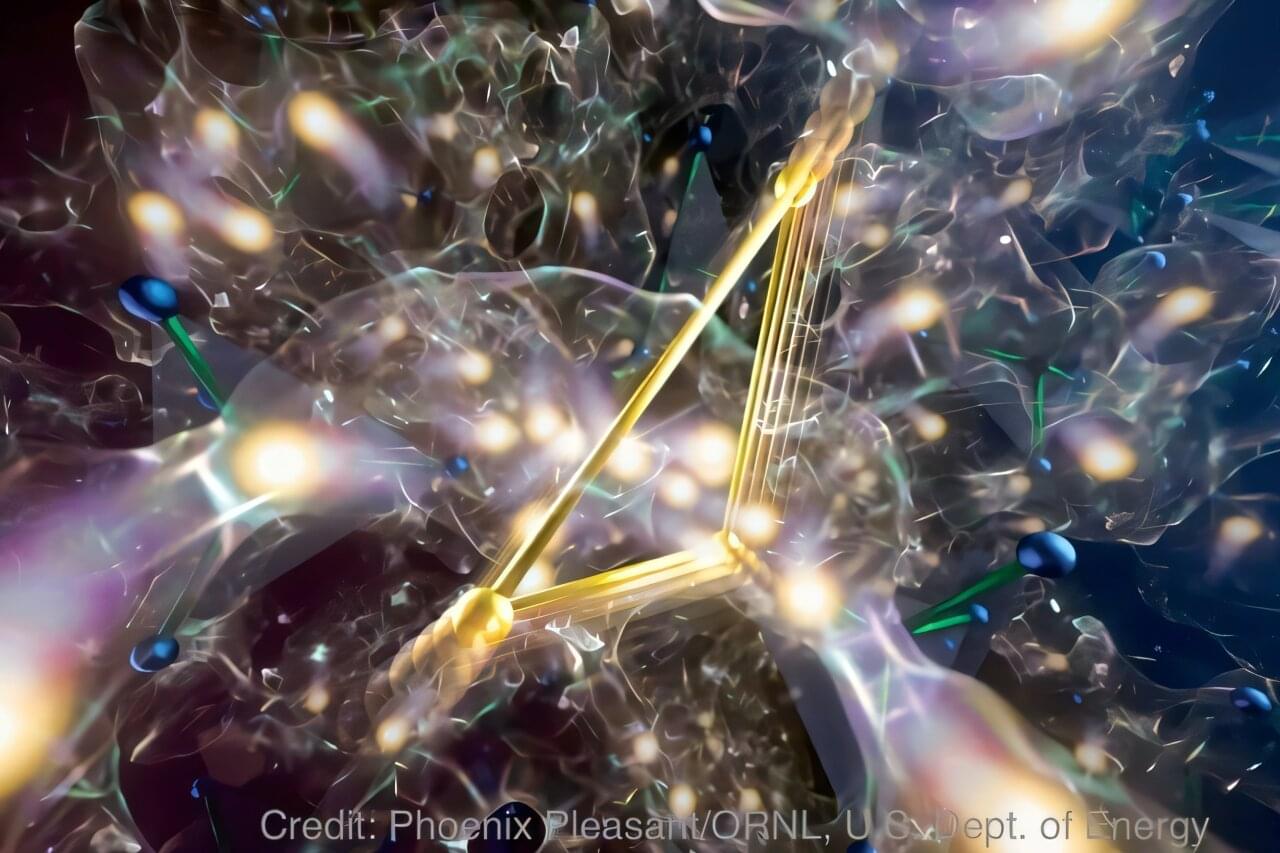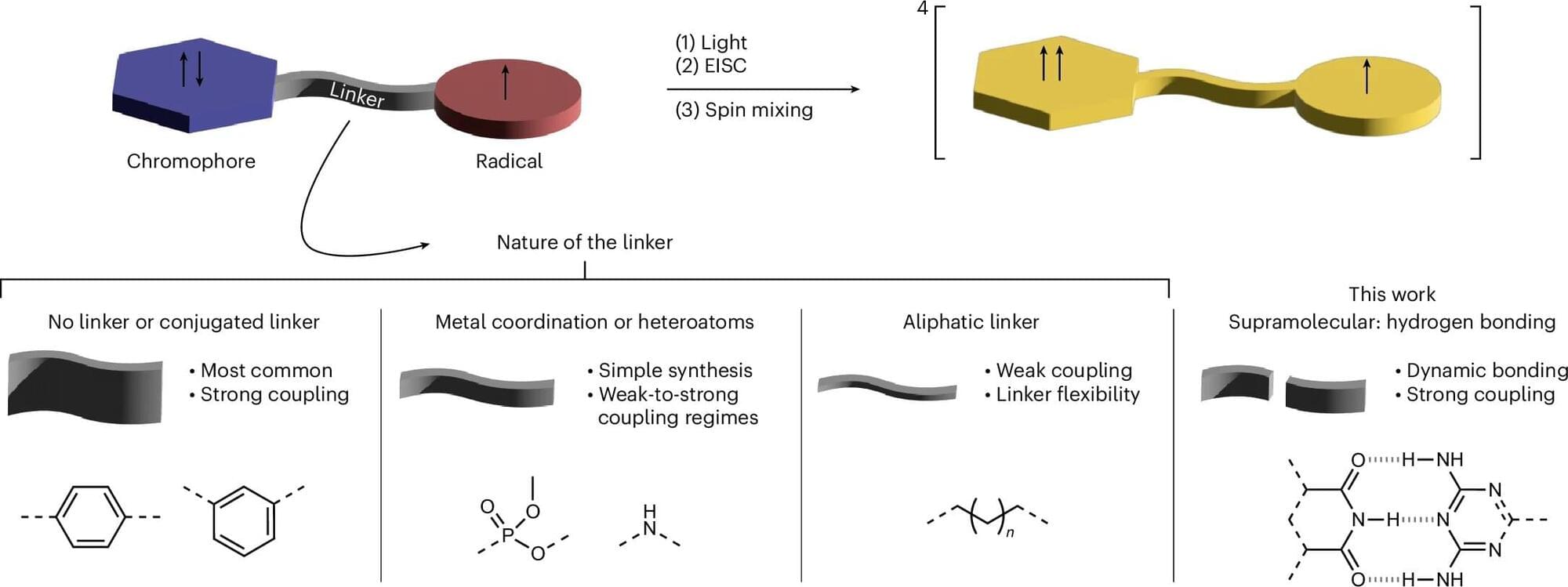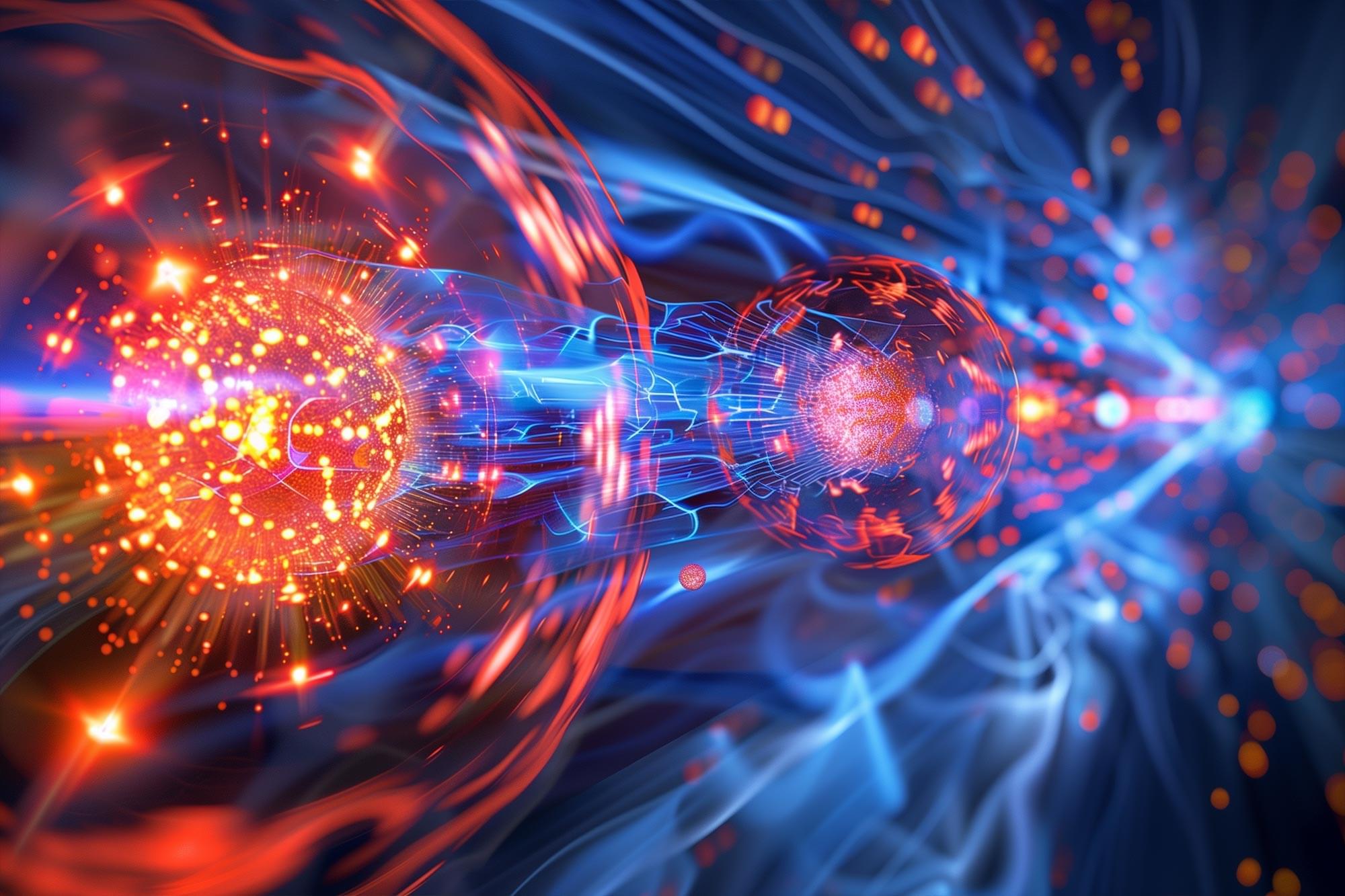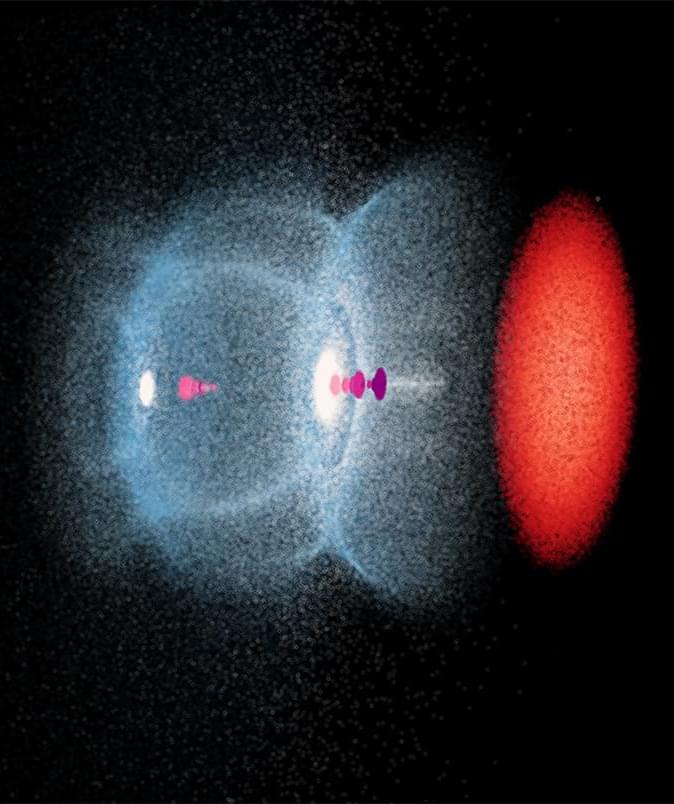BIG Projects To Solve Pressing Issues In Science — Dr. Christopher Stubbs, Ph.D. — Professor of Physics and Astronomy, Harvard University.
Dr. Christopher Stubbs, Ph.D. is the Samuel C. Moncher Professor of Physics and Astronomy, and has recently served as the Dean of Science in the Faculty of Arts and Sciences, at Harvard University (https://astronomy.fas.harvard.edu/peo…
Dr. Stubbs is an experimental physicist working at the interface between particle physics, cosmology and gravitation. His interests include experimental tests of the foundations of gravitational physics, searches for dark matter, characterizing the dark energy, and observational cosmology.
Dr. Stubbs was a member of one of the two teams that first discovered dark energy by using supernovae to map out the history of cosmic expansion.
Dr. Stubbs is currently heavily engaged in the construction of the Large Synoptic Survey Telescope (LSST), for which he was the inaugural project scientist. He founded the APOLLO collaboration that is using lunar laser ranging and the Earth-Moon-Sun system to probe for novel gravitational effects that may result from physics beyond the standard model.
